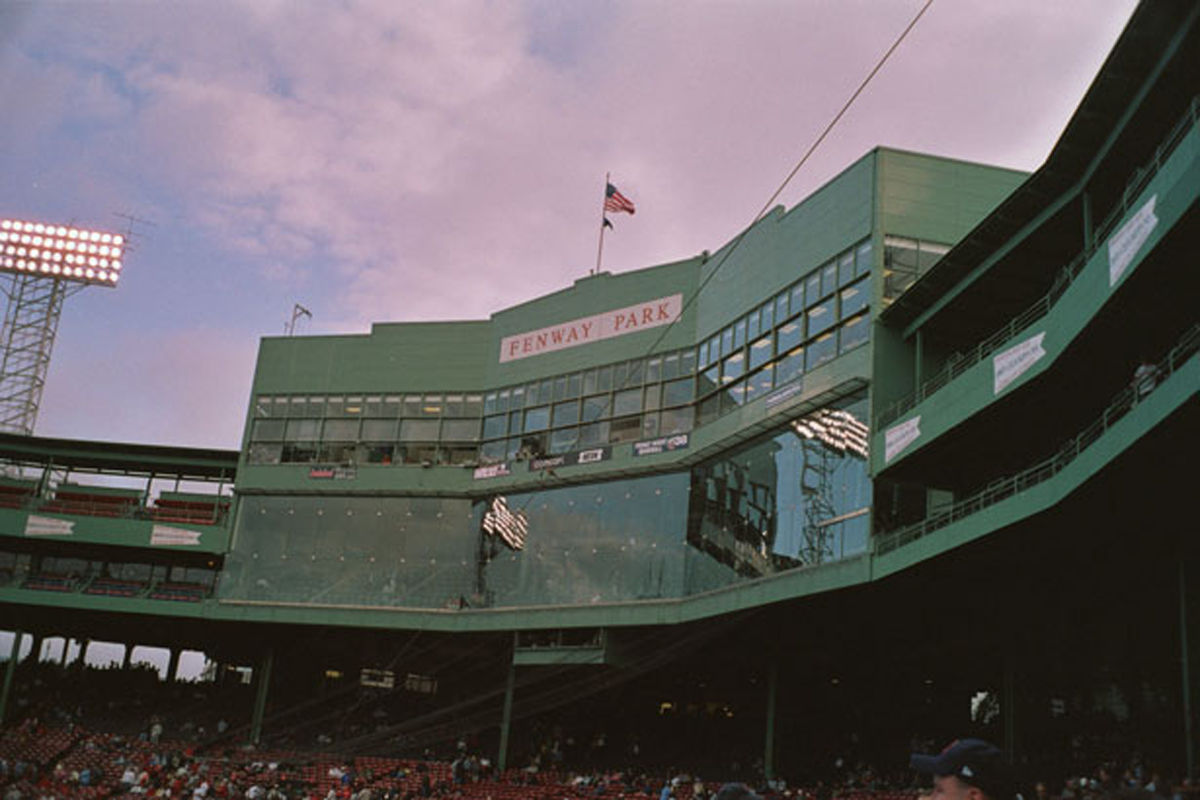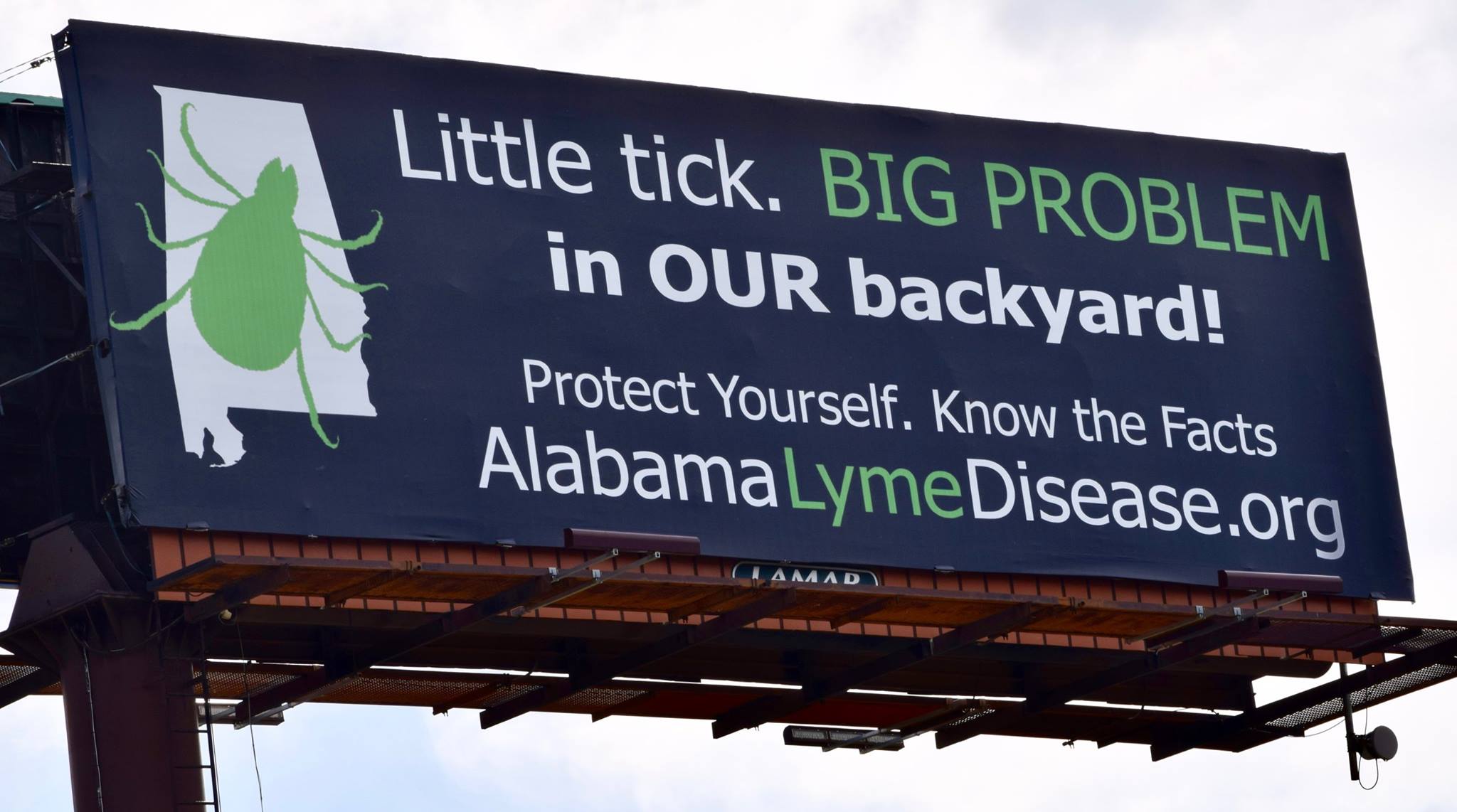This episode of the See America Podcast was written and hosted by Jason Epperson, and narrated by Abigail Trabue.
Listen below:
Nestled in the city of Boston is what is often called “America’s Most Beloved Ballpark.” I might take exception to that as a Cubs fan, but no doubt, the Boston Red Sox play in a place where dreams are made, traditions are celebrated and baseball is forever. It’s the home of Red Sox Legends and a looming Green Monster which has befuddled pitchers for a century.
This Week, Fenway Park, home of the Boston Red Sox and the pulse of Red Sox Nation.
Introduction:
Who doesn’t love a ballpark? Even if you aren’t a baseball fan, it’s hard not to be enamored by the sounds and smells of a baseball game. The organ, the beer and hotdog vendors, the crack of the bat, the roar of the crowd. At Fenway, you’ll find one of the last real bastions of baseball tradition. It’s the oldest active ballpark in Major League Baseball. In fact, Fenway, built in 1912, and Wrigley, built two years later, are the only parks still in operation built before 1962.
After spending several months scouting out a new ballpark location for his team, Red Sox owner John Taylor set his sights upon the Fenway neighborhood of Boston in early 1911. Since 1901, the Red Sox had played at the Huntington Avenue Grounds (where athletic facilities for Northeastern University sit today) but Taylor decided not to renew his club’s Huntington lease and began looking at different neighborhoods in Boston instead. As he devised a plan for the park’s new home, Taylor had a series of considerations in mind. Not only was he planning a new ballpark for the Red Sox, he was also considering a possible sale of his team and knew that an attractive spot for relocation could enhance the value of the club. In addition, a sale of the Red Sox could generate money for construction if Taylor wanted to stay involved with the building of the team’s new facility, even if he chose to sell a portion of his controlling interest in the club.
In the middle of February 1911, a group of real estate entrepreneurs convened, including John’s father, General Charles H. Taylor. The assembly called itself “the Fenway improvement association” and discussed plans for an emerging neighborhood in the Fens section of Boston. Less than two weeks later, General Taylor acquired over 365,000 square feet of land between Ipswich Street and Lansdowne Street at public auction. Four months after that purchase, on June 24, 1911, the younger Taylor publicly announced his intention to build a new home for the Red Sox. John Taylor would subsequently sell half the club to James McAleer in mid-September of that same year, but Taylor stayed on as the overseer of construction, as well as the landlord for the new park as part of the transaction.
Ground was broken on Fenway Park on September 25, 1911. The team hadn’t filed a building permit application with the city until that day and received no assurance that the application would be approved, but with time of the essence and a new season just seven months away, Taylor forged ahead. He chose Charles Logue Building Company for the construction work, with James McLaughlin serving as chief architect and Osborn Engineering Company of Cleveland responsible for civil engineering services. Work began in earnest by the end of the month.
Over the fall and early winter months of the 1911-12 offseason, construction on the new facility moved forward. By the end of the 1911 calendar year, foundations for the park were in place and the roof had been framed, with work re-commencing after the holiday season.
After extensive construction in the early months of 1912, the first game was hosted on April 9, an exhibition between the Red Sox and Harvard College. Opening Day of the regular season was scheduled for April 18, 1912 and not only did that day get rained out, but both day games on the following day did as well – and the newspaper headlines focused mainly on the sinking of the steamship Titanic, which had sunk on April 15.
When the Sox finally took the field for the first official game on April 20, 1912, some 27,000 fans saw the Red Sox prevail in a 7-6, extra-innings victory over the New York Highlanders (renamed the Yankees in 1913). Boston Mayor John “Honey Fitz” Fitzgerald, a prominent member of the Royal Rooters fan club and grandfather of future President John F. Kennedy, threw out the ceremonial first pitch.
The club went on to win 105 regular-season games and the American League Pennant. During thtat season’s road games, construction of left-field and right-field bleachers was completed, just in time for the World Series, which the Red Sox won against the New York Giants.
After buying the Red Sox in 1933, Tom Yawkey began a major reconstruction project that included a massive 37-foot-high left-field wall In 1947, it was painted green, and became known as the Green Monster.
History of The Green Monster:
The Green Monster wall actually part of the original ballpark construction of 1912, along Fenway’s north side facing Lansdowne Street. John Taylor built it to keep people from watching games for free. Yawkey’s revitalization project just revealed it and made it a gameplay fixture. It is made of wood and was covered in tin and concrete in 1934. It was then covered with hard plastic in 1976. A manual scoreboard is set into the wall, which has been there, in one form or another, at least as far back as 1914.
The Green Monster is the highest wall in current Major League Baseball fields. It’s famous for preventing home runs on many line drives that would clear the walls of other ballparks. Instead, players hit an extraordinary amount of doubles at Fenway. The wall’s placement creates a shallow left field and many deep fly balls that could be caught by the fielder in a deeper park rebound off the wall for base hits. And while the wall turns many would-be line-drive homers into doubles it also allows some high yet shallow fly balls to clear the field of play for a home run.
The ground-level manual scoreboard that forms the lower half of the Green Monster is still updated by hand from behind the wall throughout the game. The American League scores are also updated from behind the wall. The National League scores need to be updated from the front of the wall between innings. There is also a board that shows the current American League East standings. There are 127 slots in the wall and a team of three scorekeepers move around two-pound, 13-by-16-inch plates to represent the score. Yellow numbers are used to represent in-inning scores and white numbers are used to represent final inning tallies. Morse Code symbols that appear from top to bottom in the white lines of the American League scoreboard are the initials of former owners Thomas and Jean Yawkey.
In 1936, the Red Sox installed a 23-foot net above the Monster in order to protect the storefronts on Lansdowne Street from home run balls. An attached ladder was used to retrieve home run balls from the net. It’s the only such ladder in fair territory in the major leagues. On many occasions, a batted ball has struck the ladder during gameplay, at least twice leading to an inside-the-park home run.
The net remained until the 2002–03 offseason when the team’s new ownership constructed a seating section atop the wall to accommodate 274 fans. Wildly popular, these “Monster seats” were part of a larger expansion plan for Fenway Park seating. The ladder was no longer necessary but was left as a historic relic.
Visiting Fenway Park:
When Yawkey made the Green Monster became a fixture of Fenway Park, he also installed an upper deck and lights, allowing for night games.
In 2002, a 10-year renovation project was undertaken that cost an estimated $285 million and impacted nearly every part of the park.
In addition to the Red Sox, Fenway has hosted numerous other games and events. From 1963 to 1968, it was home to the Boston Patriots (later New England Patriots), and various collegiate football teams have competed there. Other sporting contests included boxing and wrestling matches and ice hockey games. Fenway also hosted a number of political events, including a rally by President Franklin D. Roosevelt in 1944.
In 1993 the park began offering public tours, helping make Fenway one of Boston’s more popular tourist attractions. Tours are available daily, year-round, during rain, snow and sunshine. Online tour tickets are available for purchase up to 30 days prior to each date. But of course, you can always just buy tickets to a game.
Connect and Subscribe:
To learn more about the RV Miles Network, including the RV Miles and America’s National Parks Podcasts, visit RVMiles.com.
You can hear this story and more on the See America Podcast. Available on Apple Podcasts or wherever you listen to podcasts.
Want to chat about great travel destinations all across the US? Join the See America Facebook Group and don’t forget to follow See America on Instagram, Facebook, and YouTube.

See America is sponsored by Roadtrippers. America’s #1 trip planning app. Enjoy 20% off your first year of Roadtrippers PLUS with the code RVMILES2X.







